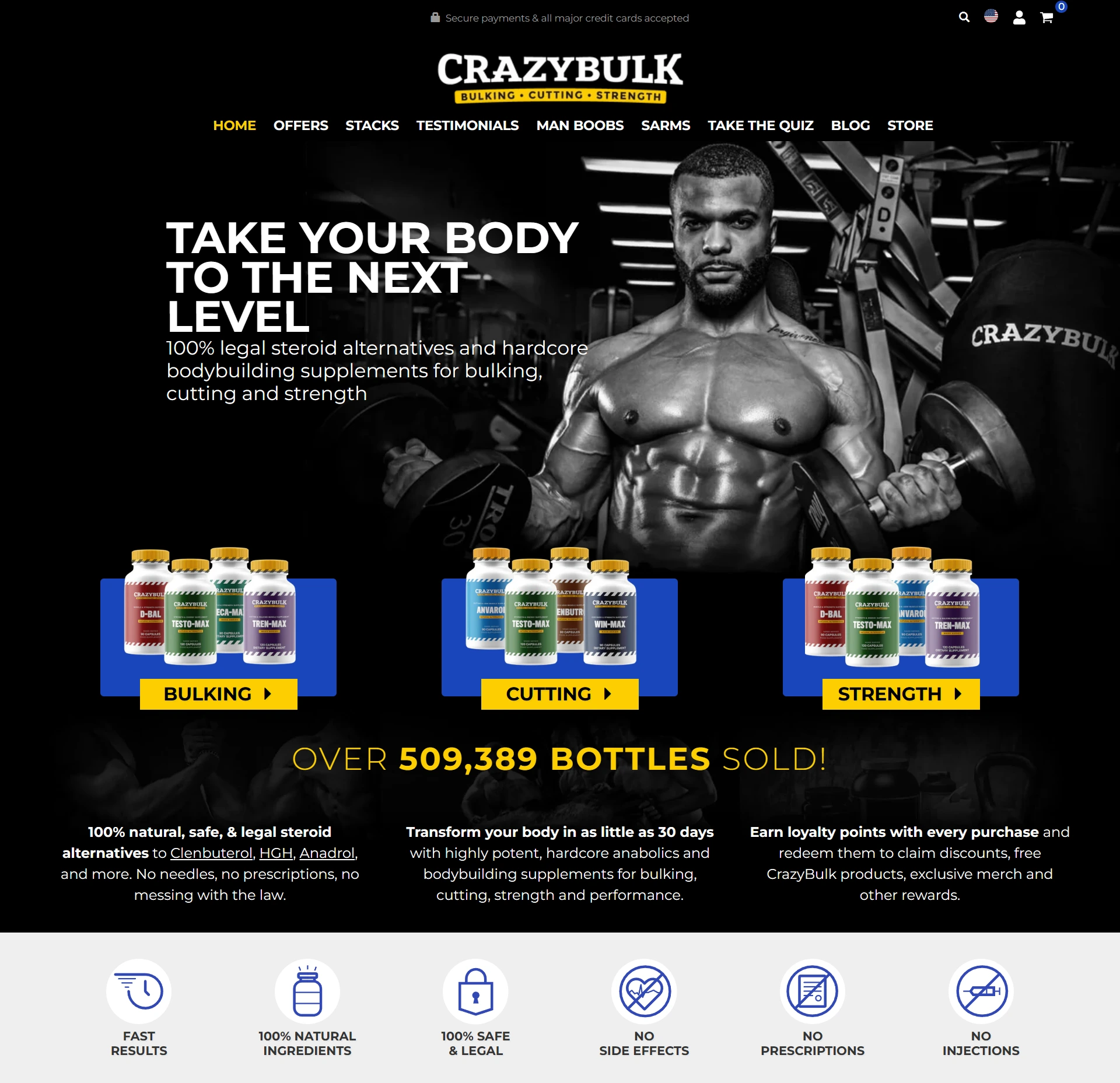
testosterin
Add a review FollowOverview
-
Founded Date November 28, 1965
-
Sectors Restaurant / Food Services
-
Posted Jobs 0
-
Viewed 10
Company Description
Testosterone Before Birth: A Key Factor in Childhood Body Composition

Normal Testosterone Levels by Age Chart
As you age, your body’s natural ability to produce testosterone diminishes, making it important to monitor and maintain these levels to ensure a high quality of life and optimal health. Aging, genetics, medical conditions (like hypogonadism), poor diet, lack of exercise, and chronic stress can all contribute to declining testosterone levels. While convenient home testosterone test kits are available, they don’t provide the same accuracy or detailed analysis as laboratory blood work conducted through a medical provider. The professional staff at National HRT® is here to answer any questions dealing with Low T or any other type of hormonal deficiency. We offer testing, support, and treatment for men, as well as women, dealing with decreasing hormone levels.
A comparison of testosterone levels for males in the chart to the right displays a decrease of about 30% of total testosterone in healthy men between 25 and 75 years of age compared to 50% for free testosterone. Prenatal exposure to testosterone – the primary sex hormone in males – is needed for fetal development and is thought to affect neurodevelopment and muscle strength in children later in life. During pregnancy, the levels of testosterone increase, but these levels are similar in mothers carrying a boy or a girl. However, testosterone levels are even higher in women with polycystic ovary syndrome (PCOS) – a common condition of the ovaries that typically affects up to 13% of women of reproductive age. Leading a sedentary lifestyle may exacerbate testosterone declines in men as they age, according to a 2024 review published in Frontiers in Aging.
A simple blood test is the most common way to measure both total and free testosterone. Tests such as the testosterone total MS (mass spectrometry) test offer highly accurate results by distinguishing between different testosterone molecules in the blood. Low testosterone levels for adult premenopausal females are 10 to 55 ng/dL, and for postmenopausal females, 7 to 40 ng/dL. A careful evaluation of the benefits and risks, personalized to your health status and needs, is the best approach to managing low testosterone levels in men.
In males who have finished puberty, low testosterone may be caused by thyroid or testicle issues or chronic diseases like diabetes and cardiovascular disease. In people assigned male at birth, testosterone is responsible for the proliferation of male sex characteristics that begin during puberty. This includes increased body hair, muscle development, and the deepening of the voice. Testosterone plays a primary role during male puberty, increasing substantially in males during that time. Everlywell offers health and wellness solutions including laboratory testing for wellness monitoring, informational and educational use. With the exception of certain diagnostic test panels, list available here, the tests we offer access to are not intended to diagnose or treat disease. None of our tests are intended to be a substitute for seeking professional medical advice, help, diagnosis, or treatment.
Testosterone levels begin to gradually decline in males, starting in their 40s and 50s. In general, testosterone testing is not necessary or all that helpful if you aren’t experiencing any symptoms of low testosterone or high testosterone. Men with lower testosterone levels and women with higher testosterone levels – goldneonatal.com, than the reference ranges are most likely to experience symptoms. Testosterone levels begin to decline when you reach your mid-thirties, and drop further as you age. Changes in mood, energy levels, or cognition might signal low testosterone levels. Other TRT options include topical cream or gels, troches (dissolvable oral lozenges), patches. Be sure to speak with your doctor or clinician on which method is best for you and your health needs.
A retrospective cohort study from the U.S. showed that testosterone replacement in men with hypogonadism significantly increased the risk of urolithiasis [25]. In another retrospective case‒control study from Taiwan, androgen deprivation in prostate cancer patients reduced the subsequent development of kidney stones [26]. These two retrospective studies suggest that testosterone might induce urinary stones. However, these results are limited because the data are derived from military service members and individuals with pathological conditions such as prostate cancer. Therefore, these retrospective results might lack some degree of generalizability beyond former service members and patients with prostate cancer.
There are a handful of factors that have the biggest impact on testosterone. SHBG is usually high in children and then decreases quickly when a man reaches puberty. After that, as a man starts to get older, the levels of SHBG start to increase gradually. It is a sex hormone and it helps in the development of male characteristics. If you are concerned that your T might be abnormal, it’s best to consult with a professional. In addition to understanding how your testosterone stacks up, a conversation with a physician can help uncover any potential symptoms.
With rigorous academic training and deep-rooted experience in health and wellness, he offers unparalleled expertise to Best TRT. His blend of scholarly knowledge and real-world experience makes him an indispensable guide for anyone delving into the intricacies of TRT. Low testosterone, or hypogonadism, occurs when the body doesn’t produce enough testosterone.
Danielle McDevitt, M.D., is a board-certified internal medicine physician who specializes in hormone optimization, anti-aging medicine, neuroscience, Lyme disease, and mold illnesses. She’s also the founder of Unalome House, a holistic medical spa in Severna Park, MD. Where your levels should be, how to know when they’re off, and how to test your hormones. We provide health informational content that’s reliable, accurate, backed by medical references, easy to understand, accessible, compassionate, and practical. Surgery may involve removing the prostate gland or nearby tissue to eliminate cancer.


